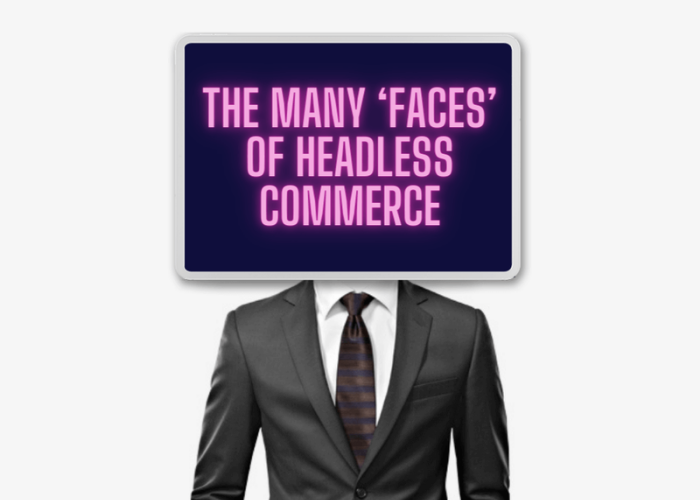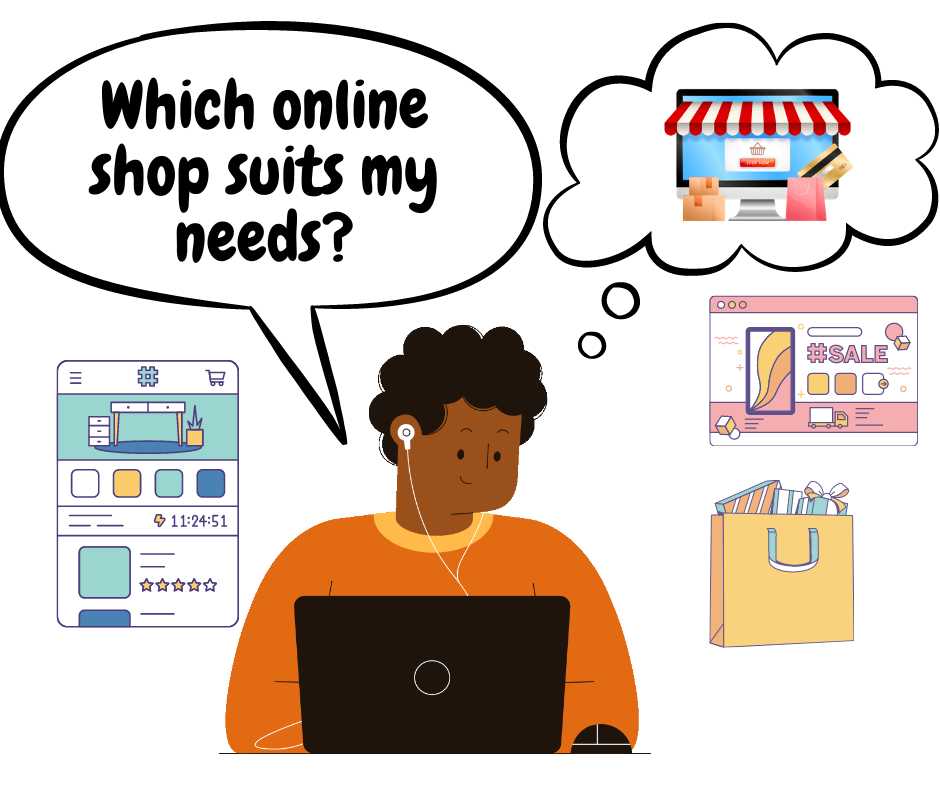
‘Headless commerce’ has become a technology buzzword in the last few years. Although the term ‘headless commerce’ may literally imply that it is about commerce without a head, nothing is less true. It is actually ALL about the head or ‘front end’ as that is the only part that interacts with the customers.
Commerce systems were initially developed for a single channel such as ‘in store’ or ‘the web’. Even within a single channel, let’s say the web, treating all customers alike could lead to a frustrating customer experience as for example seniors and Gen Z (born in the internet age) may have different abilities and expectations. As with the advent of mobile, self service kiosks and IoT (Internet of Things), the customer started hopping between channels, her experience with the same company would become increasingly more disjunct and less seamless, as each channel is supported by its proprietary system.
Decoupling the part of the system that interacts with the customer (the head, or front end) from the body or ‘back’ end and centralising all data and logic in the back end, allows to customise the interaction on the front end per channel and customer while safeguarding a seamless and consistent experience. It is comparable to a knowledge base: when a Russian asks a question the answer will be in Russian, when an American asks the same question, the answer will be given in English. While the answer may be identical, the message will be presented differently depending on the person who asks.
Rather than calling this phenomenon ‘headless’ commerce, I would prefer to call it ‘multi-faced commerce’.
Suggested Posts
How useful was this post?
Share it with your friends
Get our latest articles here!
Do you have any questions?
Help us improve the content of this Insightful blog by asking us questions. Manifera's team of experts will help you answer these questions as soon as possible.












